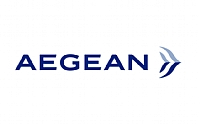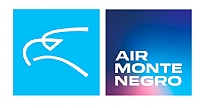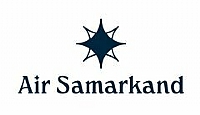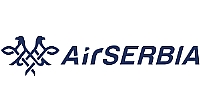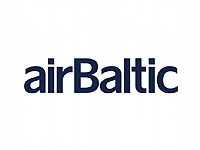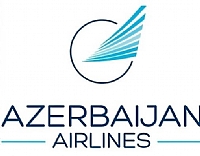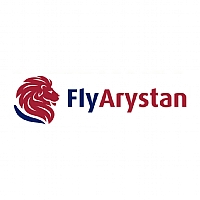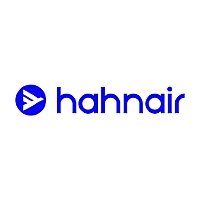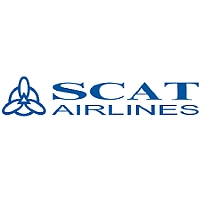ASL Airlines France strengthens its cargo activity

.
The Boeing 737-800 cargo (Boeing Converted Freighter) MSN 33641 registration F-HIQB entered service on December 9.
The Boeing 737-800 in its cargo version contributes to the renewal of the company's cargo fleet, of which it is the first Boeing 737 NG cargo ship. With improved performance, a carrying capacity of 178 m 3 (the upper cargo deck is equipped with 11 and a half positions, i.e. 138 m 3 plus 40 m 3 in bunkers) and a range of 3,250 nautical miles, the Boeing 737-800 cargo makes it possible to carry more load over a longer distance and thus completes the company's freight service offering to its customers, postal operators and international integrators.
ASL's new cargo plane will be used to move shipments from FedEx Express, one of the world's largest express carriers.
This new cargo plane fits perfectly into the ASL Airlines France fleet, a homogeneous fleet of 19 Boeing 737s, including two Boeing 737-800s in passenger version.
The work to modify passenger aircraft into cargo aircraft was carried out by the Chinese aeronautics company STAECO, which works directly under Boeing contract.
Additional work took place on the engines and avionics to modernize it and bring it up to ASL Airlines France standards.
30 years of innovation
The launch of a new aircraft in the French sky is in line with ASL Airlines France's tradition of innovation.
- In flight ...
As early as 1991 the company introduced the first B737-300 Quick Change in France and was the first company in the world to have daily use.
In 2009 it was the first French airline to fly Boeing 737-700 passengers and in 2012 the first French airline to fly Boeing 737-400 Cargo.
This summer it was the first French company to obtain the ETOPS 180 qualification on B737-700.
- ... and on the ground
In 2007 the company was the first in France to set up an automation and dematerialization process for supplier invoices.
In 2011, it was the first company to have fully consolidated and virtualized its computer servers, which enabled it to significantly reduce its physical and energy footprint.
The same year, she opened the first professional training course in the profession of Commercial Navigating Personnel under a professionalization contract.




















